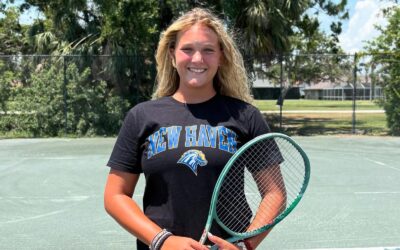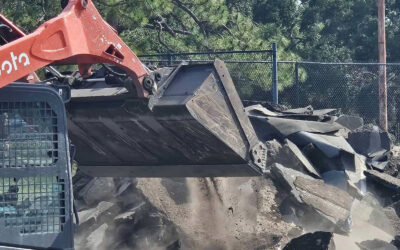Why physical conditioning is so important for a junior tennis player
This is the first of a series of articles from Celsius Tennis Academy on the importance of physical training for junior players in order to maximize their time at practice and to play their best at tournaments.
Most people think of a junior tennis program to be mostly a variety of stroke drills, strategy, practice points and match play appropriate for the age and level of junior athlete. While that’s largely true, physical conditioning plays a large role in the modern game of tennis.
A successful tennis training program has to increasingly meet the demands of an all-round physically challenging, individual sport. This means you have to achieve a level of overall fitness to allow you to compete your best. But to be able to play your best at tournaments you have to make sure you can make the most of your time, intensity and focus at your training. This is something that is largely overlooked. I know a lot of our players young and old often frown when it’s time to do one of our three weekly fitness sessions with trainers who come in specifically to work with the Celsius athletes.
You need to have just the right mix of aerobic and anaerobic endurance, explosive strength and power, speed off the mark and agility. In fact, the amount of strength, speed, agility and flexibility conditioning a player is prepared to undertake has been linked to the standard in which they play. As the sport evolves the physical demands increase every year.
Tennis is one of the few competitive sports based on unpredictability. Unlike many other sports, we don’t have time limits on our matches. Most sports have either a defined time limit or specified distance in which to perform. That being the case, conditioning can be planned accordingly.
A tennis match can last less than one hour or as long as three hours or even more. This variability requires successful tennis athletes to be prepared and highly trained both anaerobically for performance, and aerobically, to aid in recovery during and after play. Designing and implementing training requires a solid understanding of many of variables critical to playing your best in many different situations.
A typical rally may last about 6 seconds and not much more than 10 seconds even on clay. Between points there is the luxury of up to 20 seconds rest – 90 seconds if it’s a changeover. Hence, the overall physical demand is closer to prolonged moderate-intensity exercise (such as distance running) than a true multi sprint sport (such as soccer).
A tennis training program must be based on solid aerobic endurance to sustain a high work rate for the duration of a game that may last several hours. Anaerobic endurance is also an essential component so that power over each rally, and in each shot within a rally can be maintained to the same high level.
On average a tennis player will move just 3 meters per shot and 8-12 meters during a point. It becomes obvious that good speed and quickness around the court is essential in order to reach the majority of these shots. During a match about 50% of a players movement is sideways so agility, or the ability to change direction rapidly and under control becomes equally as important.
Finally, a balanced tennis training program should help to prevent injury and over training.
As a player becomes older and more proficient with their stroke production, conditioning becomes even more important. Bottom line, the most fit players are the ones who tend to go the deepest in tournaments not always the most talented ones. When you combine talent and fitness you have a champion.
Celsius will continue to be placing greater and greater emphasis on our strength and conditioning exercises for all of our athletes and we have taped into some of the areas best trainers to help us do so.
Subsequent posts will take a closer look at some of the many aspects of tennis conditioning for the junior athlete we have at Celsius…



